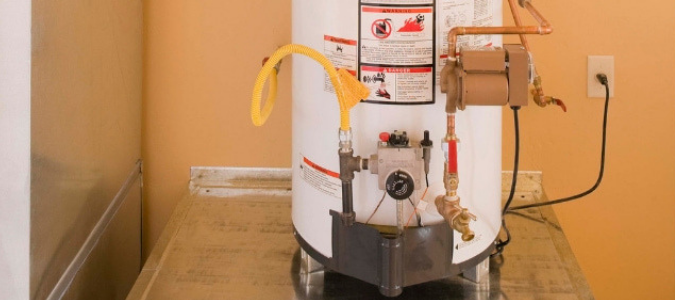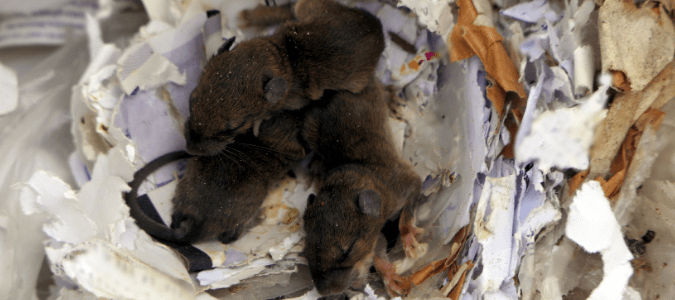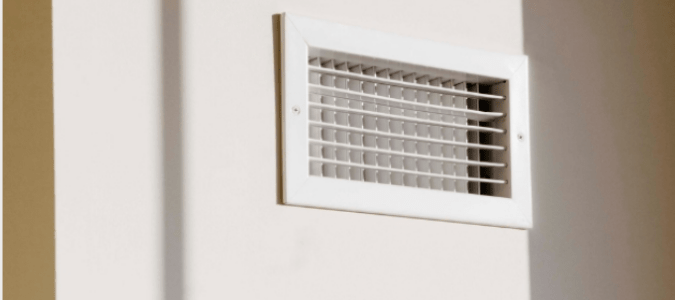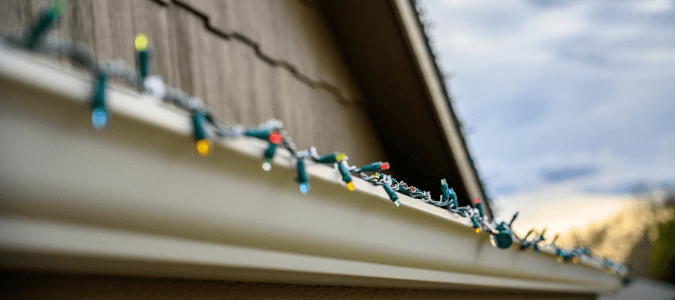What Causes Power Surges in a House?

A power surge in a house is a spike of high voltage. These surges last for only a short amount of time. But, they can ruin your electrical appliances and parts of your electrical system. Electronics can handle a specific amount of voltage and can only manage slight changes in voltage. For example, appliances in the U.S. are usually rated to run off of 120 volts of power. Power surges can deliver many more volts than most household equipment can stand.
Power surges in your home can happen due to internal factors, such as from the appliances in your home. They can also happen from external factors, such as when there’s a lightning storm. Let’s dive in a little deeper.
Power Surges From Inside Your Home
Situations inside a home cause around 60% to 80% of power surges in a house. One of the most common causes is any device that switches on … Read Full Post »








